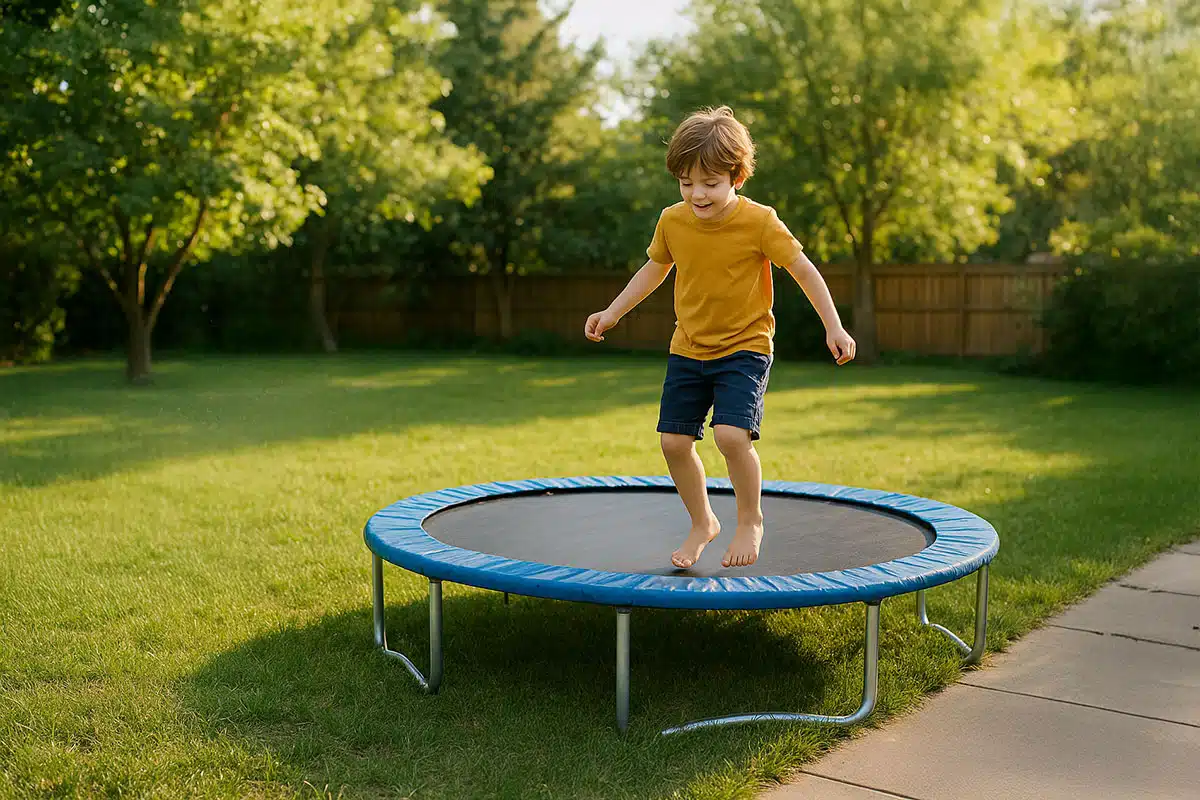
What ADHD Really Feels Like: A Day in the Life of a Distracted Mind
Step inside a child’s mind with ADHD to understand their daily struggles, challenges, and hopes—told with compassion and insight.

For many kids, summer is pure freedom that consists of late mornings, pool days and relaxation. But for others, especially those managing ADHD, anxiety or other challenges, the shift from structured days to open-ended weeks can create emotional turbulence and behavioral setbacks.
At Pediatric Consultations, we understand that every child is different, and so is their response to summer. Here is how you can help your child ease into the break while still supporting their emotional, mental and developmental needs.
During the school year, children operate within a reliable rhythm of wake-up times, class schedules, lunch breaks, extracurriculars and bedtimes. That consistency helps many children, especially those with ADHD or anxiety, feel secure and confident.
Take that scaffolding away, and suddenly they are faced with uncertainty. While some kids embrace spontaneity, others may become more irritable, distracted or withdrawn. But summer does not have to be chaotic to be fun. The secret lies in building a lightweight routine, one that offers a sense of predictability without smothering the spirit of summer.
Instead of a rigid schedule, think about creating a summer flow, a general rhythm to the day that offers anchor points like mealtimes, rest breaks and activity blocks.
For example:
You do not have to plan every hour. Just provide a few consistent beats in the day, so your child knows what to expect, even if the details change.
Kids are more likely to follow a plan they help design. Sit down together and build a “Summer Plan” that includes:
Give your child some choice and control. This not only reduces power struggles but also builds executive functioning skills, something especially helpful for kids with ADHD.
Sudden changes can be tough. Use simple tools like whiteboards, visual timers or printed “Today’s Plan” sheets to make transitions easier. Visual supports help children understand what is next, giving them time to prepare mentally. This can lower anxiety, reduce meltdowns and improve cooperation throughout the day.
Structure does not mean rigidity. It means predictability. You can still have spontaneous beach days or last-minute family adventures. Just keep a few consistent elements in place, like bedtime, medication schedules and calming evening rituals, to help your child stay regulated. The goal is to offer enough structure to create stability, while still leaving room for summer magic.
If your child struggles significantly with the summer transition (such as showing signs of increased anxiety, hyperactivity, aggression or withdrawal), it may be a signal that they need more support.
At Pediatric Consultations, we specialize in helping families navigate these changes. Whether your child has a formal diagnosis or is simply having a tough time with the shift from structure to freedom, we are here to help with strategies that are personalized, practical and compassionate.
Summer can be a season of growth, exploration and joy. By giving your child just enough structure, and lots of room to thrive, you are setting them up for success, even without the school day framework. And if you ever need guidance, Pediatric Consultations is just a phone call away. Let’s make this summer a season of connection, calm and confidence.

Step inside a child’s mind with ADHD to understand their daily struggles, challenges, and hopes—told with compassion and insight.

Youth sports injuries can affect more than the body. They also impact mental health. Here is how to support full recovery.

Due to a sudden serious and ongoing medical issue, Dr. Peter Halas has closed his Pediatric Consultations practice.
Dr. Halas is deeply grateful for the trust, kindness and connection shared with patients and families throughout the years. It has been an honor to care for your children and to be part of your lives.
For any ongoing medical needs or referrals, please contact your primary care provider. Dr. Halas wishes each of you continued health and happiness.